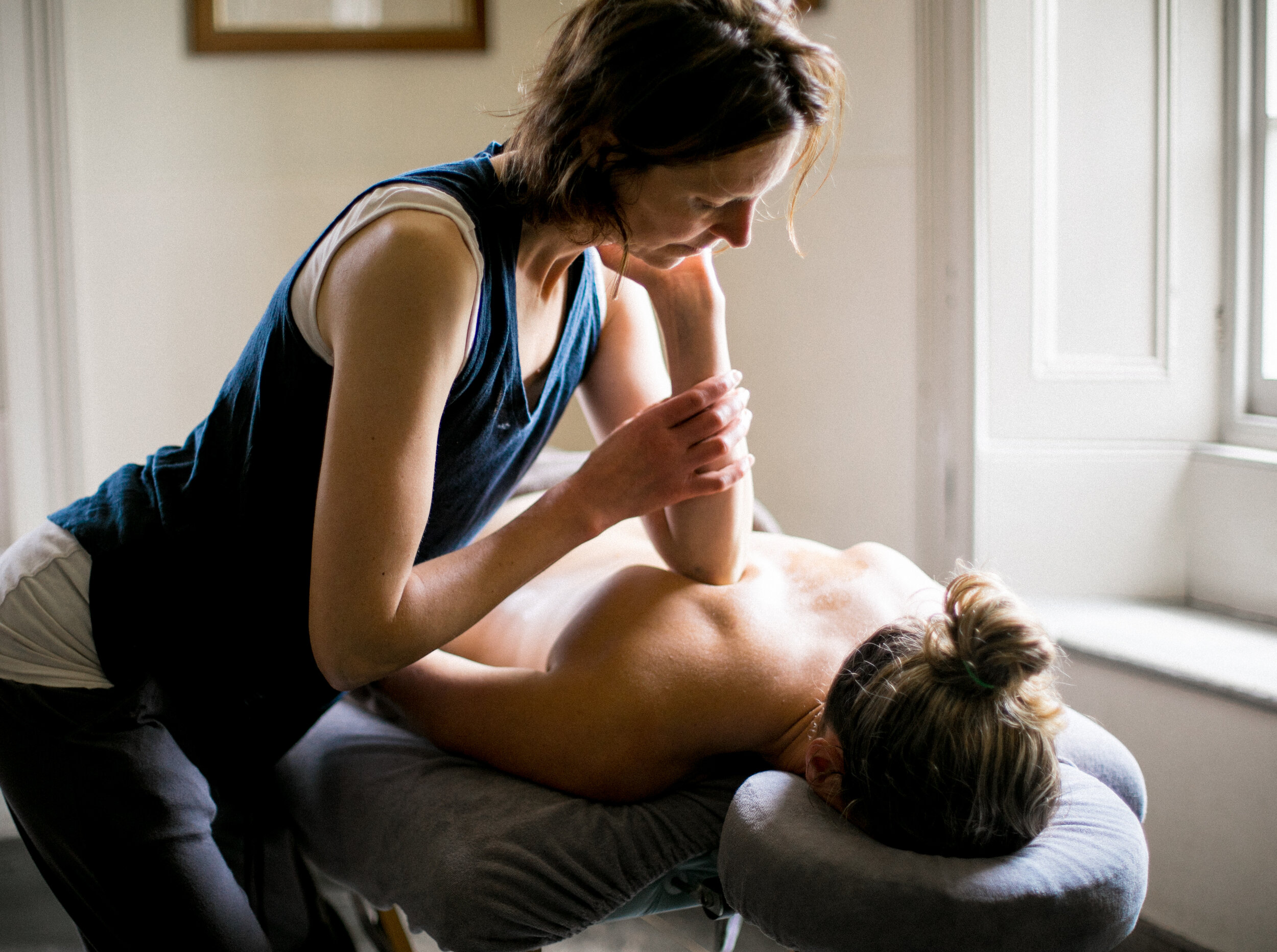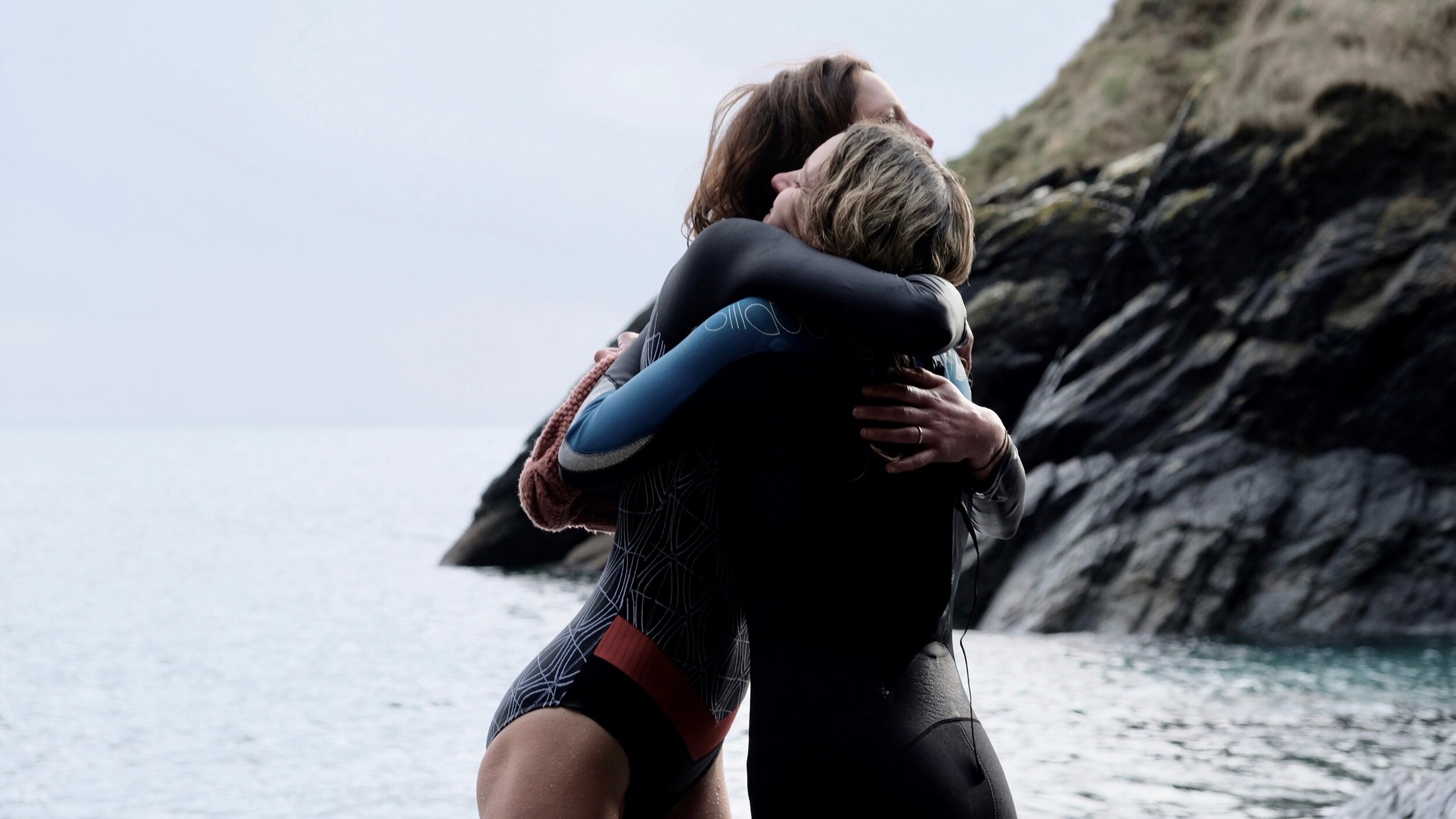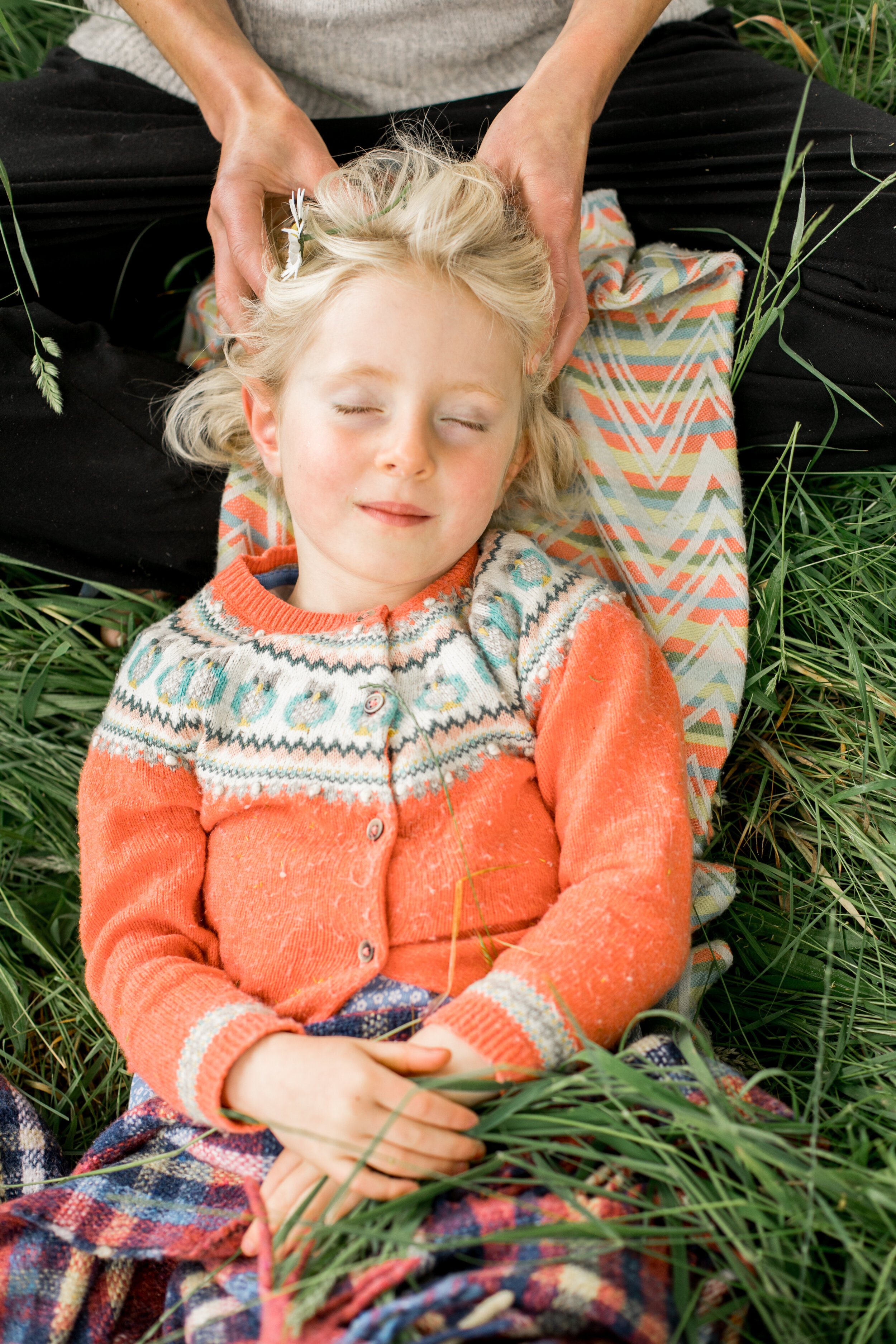Cold water swimming - a tonic of our time. Social media is awash with stories of rosy faces fresh from salty dips, especially so in the era of Covid-19 when many of us have turned to nature as a form of therapy, soaking up the exhilaration of being exposed to the elements and inspired by the natural landscape. As the world we know it has been turned on its head, with dramatic changes for many in work and home lives, the great outdoors - and wild swimming in particular - has offered great solace for many, including me.
Lucky enough to live in Cornwall, we have seascapes aplenty to choose from as well as rivers and lakes to dip our toes (and more) into for that chilly hit of happy hormones. Growing up on the west coast of Scotland did, in hindsight, offer a useful apprenticeship in the joys of cold water immersion and dodging jellyfish. Yet although I’ve never been far from the sea, it has never beckoned more. How wonderful that so many people have been drawn to this free, powerful and immediate source of natural therapy.
I’m often asked: where do I swim; do I wear a wetsuit; how long do I stay in for; what are the tricks of the trade for changing post-swim when wild winter winds are whistling around my chattering body. I have my normal protocols (locally - chasing the sun if there’s any to be found; no, but a long-sleeved swimming costume; various but around 10 mins in winter; wrap towel in hot thermos for a cosy post-swim warm-up) but what I love most about wild swimming is that there is no ‘right’ way and even a momentary dip in chilly waters, with or without a wetsuit, offers huge benefits for both body and mind.
The postive impacts of cold water swimming are discussed at length elsewhere and, rather excitingly, as interest in wild swimming increases so too does the research, with a recent study identifying a link between regular cold water immersion and reduced incidence of dementia. But outlining the benefits of wild swimming doesn’t actually address a reality of this activity which, let’s face it, puts many off: it’s absolutely freezing (or perhaps not actually below zero unless you’re further North than Cornwall), almost painfully cold at times as you immerse yourself into the ocean or a river, and in so doing become acutely aware of each and every body part.
So what, then, makes cold water swimming so enjoyable? Partly it’s knowing the myriad of physiological benefits, but it’s more than that. Despite every nerve ending in the body sending a warning signal to the brain: “Too cold, turn back”, we continue to head seaward whether inching in gradually or with an icy launch. In that moment there’s an opportunity to push past those uncomfortable feelings and be truly present, feel the body come alive. The ability to overcome the cold is exhilarating, and I always find there’s a moment of surprise that you have kept going - immersed - then finally begin to acclimatise. After an initial grimace or operatic warble comes laughter, joy, connection with those you are swimming with.
As the era of Covid-19 continues (I write this during lockdown #2) and there’s no knowing what the winter ahead will bring, what does cold water swimming have to offer us? Time in nature, exercise, reducing stress hormones and increasing those that promote a more settled state of mind, a boost to our vitamin D as we venture outside, and the opportunity for precious shared time with friends, lockdown regulations permitting.
But on top of that I believe wild swimming also represents the opportunity for us to practice going beyond our thoughts and digging deeper, accessing a resilience that lies within all of us yet sometimes becomes clouded by our busy minds. Just as meditation offers us the chance to step back from our thought patterns by observing them objectively as we sit in quiet, in cold water swimming we are required to over-ride the thoughts that tell us not to go in (because it’s madness and far too cold!) in the knowledge that we will benefit from it. Showing up for that experience, stepping (or wave-hopping) over the threshold is so emboldening because we’ve shown ourselves we can work our way through this difficult experience, and even emerge the other side feeling better (if a little cooler) for it. This may seem blithe compared to many of the significant challenges people are facing right now, but at a time when we have lost control over so many facets of our life, taking back control of even the smallest elements can make a big different for us, for our mental health.
I would urge anyone to give cold water swimming a go this coming winter as wellbeing for our bodies and minds. Take care, follow local guidance on where to swim, be safe, swim with others. And a confession for anyone who doesn’t live near open water - I only make it to the sea once or twice a week, but I have a cold shower every morning - and to answer your questions: over the bath; no wetsuit; 1 minute; towel on hot rail at the ready. Enjoy!
This blog was written for and shared via Swimquest








